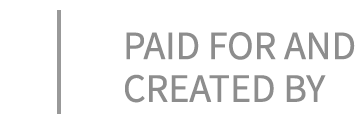From Waste to Wonder
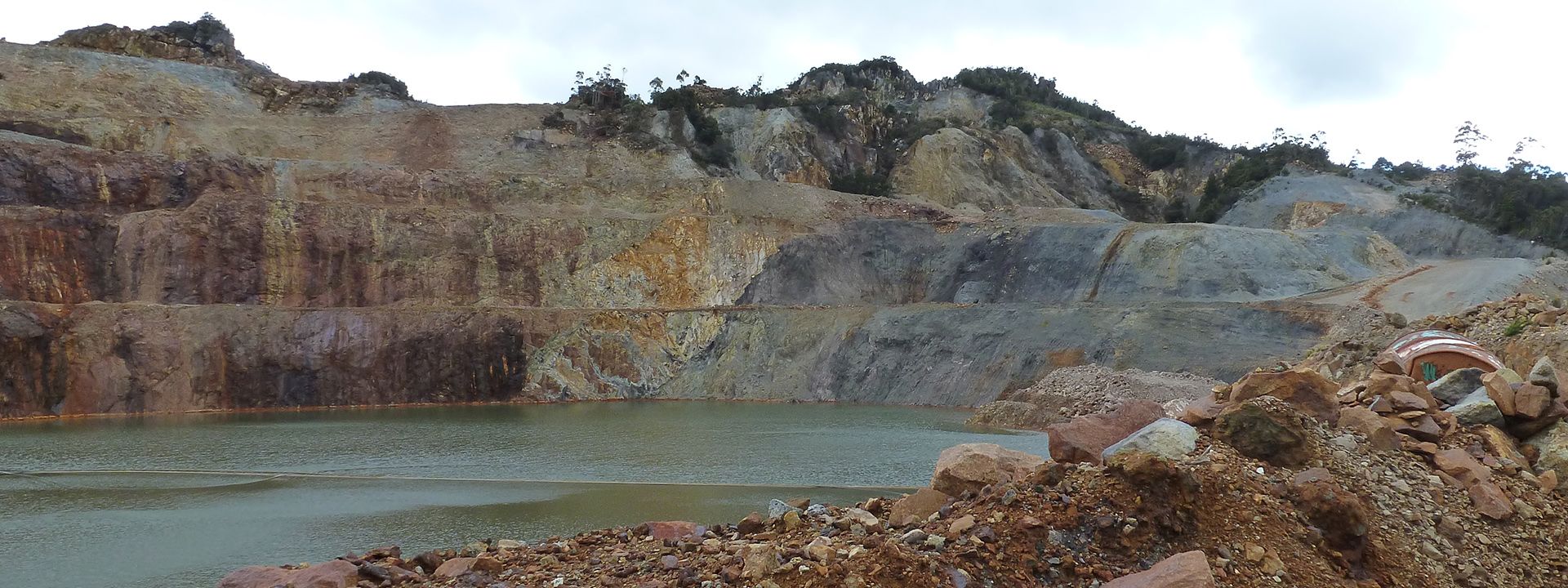
The Mine Waste Transformation through Characterization (MIWATCH) research group investigates the characteristics of mine waste to support the industry’s work on their environmental and social legacies, and potentially find unrealized revenue streams. It also enables new mining projects to plan how they will manage environmental risk. The Complex Orebodies Program provided the initial funding to develop this research expertise within the Sustainable Minerals Institute (SMI).
“Perfect planning prevents pathetic performance – I heard it on TV one day – and it’s relevant,” Associate Professor Anita Parbhakar-Fox said.
“Through the complex orebodies approach, we can help mining companies better plan what they’re going to do with their waste, up-front.”
The MIWATCH research group, led by Associate Professor Anita Parbhakar-Fox, uses tools rooted in chemical, mineralogical, mineral chemistry, physical and metallurgical tests.
Associate Professor Parbhakar-Fox and her team investigate:
- the properties of mine waste using a combination of established industry tools and new technologies
- how waste can be used to recover critical metals important in new technologies
- how waste can be best managed to reduce environmental risks.
“We’re working across the life of a mine, looking at operational waste storage facilities and abandoned mines, and showing the potential available to mining companies or new investors as well,” Associate Professor Parbhakar-Fox said.
MIWATCH research responds to accelerating environmental and industry needs
As global demand for minerals increases, mining companies are developing orebodies with lower grades that produce more mine waste, and the industry is under pressure to protect people and the environment by better understanding what happens to the waste.
Many mine waste dumps contain sulfides (e.g. pyrite and pyrrhotite) that, when exposed to oxygen and water, oxidize to produce sulphuric acid. This forms ‘acid and metalliferous drainage’, which is extremely damaging to groundwater, ecosystems and human health. There is now a growing interest in exploring the possibility for critical (or technology) metals that can be recovered from mine waste, often called a ‘supplementary secondary resource’.
“Once you start looking, you start finding; for example, we’ve identified the potential for a historic tailings storage facility at the Savage River Mine [in Tasmania] to be a significant resource of cobalt, which is a globally sought after critical metal and key battery ingredient,” Associate Professor Parbhakar-Fox said.
“These waste streams can be weird and wonderful sources of a whole gamut of critical metals.”
“One site we went to – Phosphate Hill in Queensland – produces ammonium phosphate fertilizers. A by-product is phosphogypsum ‘slime’ that we characterized in the search for rare earth elements.
“We found a significant enrichment of two rare earth elements (erbium and yttrium) hosted in the mineral fluorapatite.”
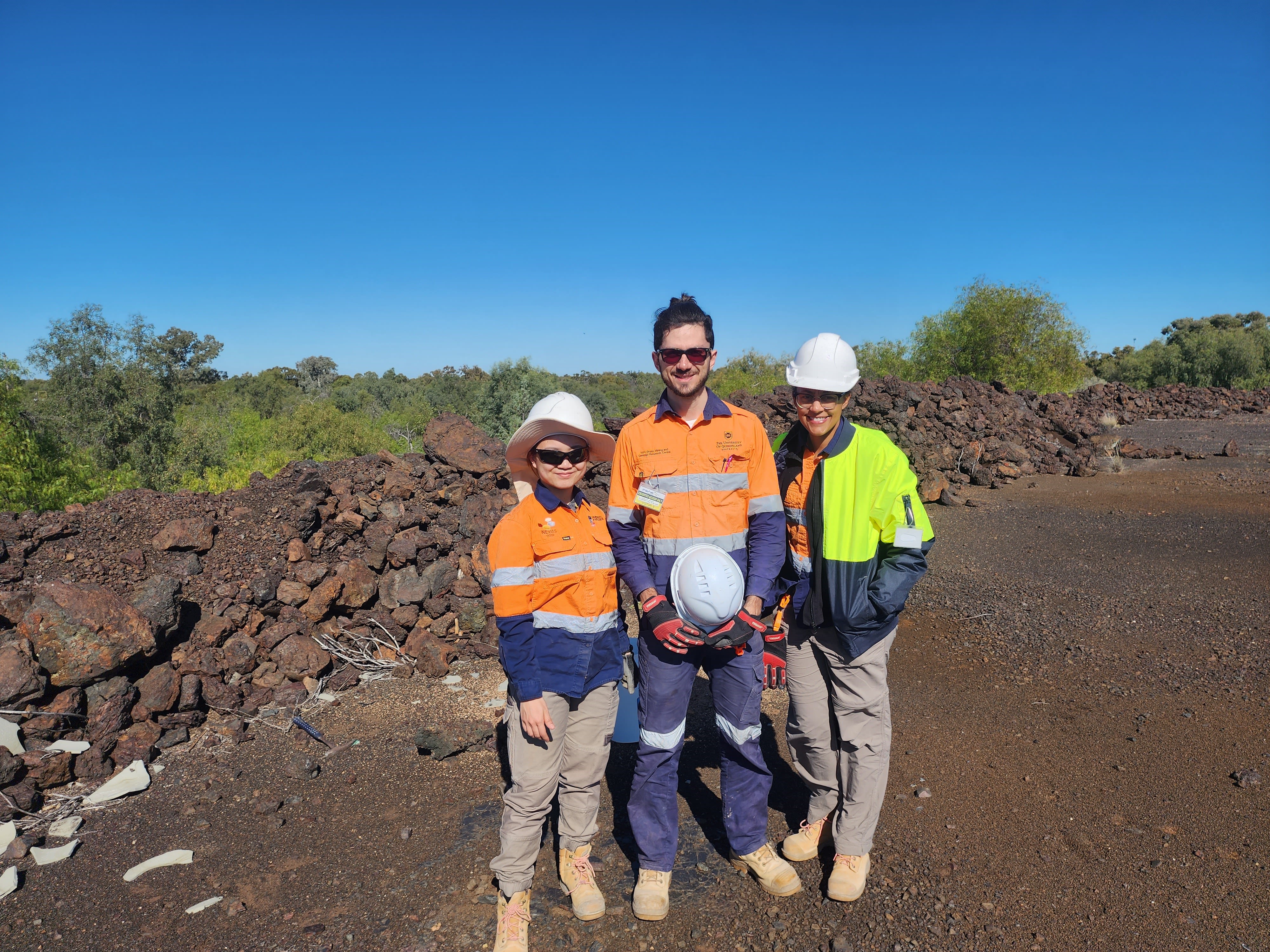
Lexi K'ng, Dr. Allan Gomes, and Dr. Sibele Nascimento
Lexi K'ng, Dr. Allan Gomes, and Dr. Sibele Nascimento
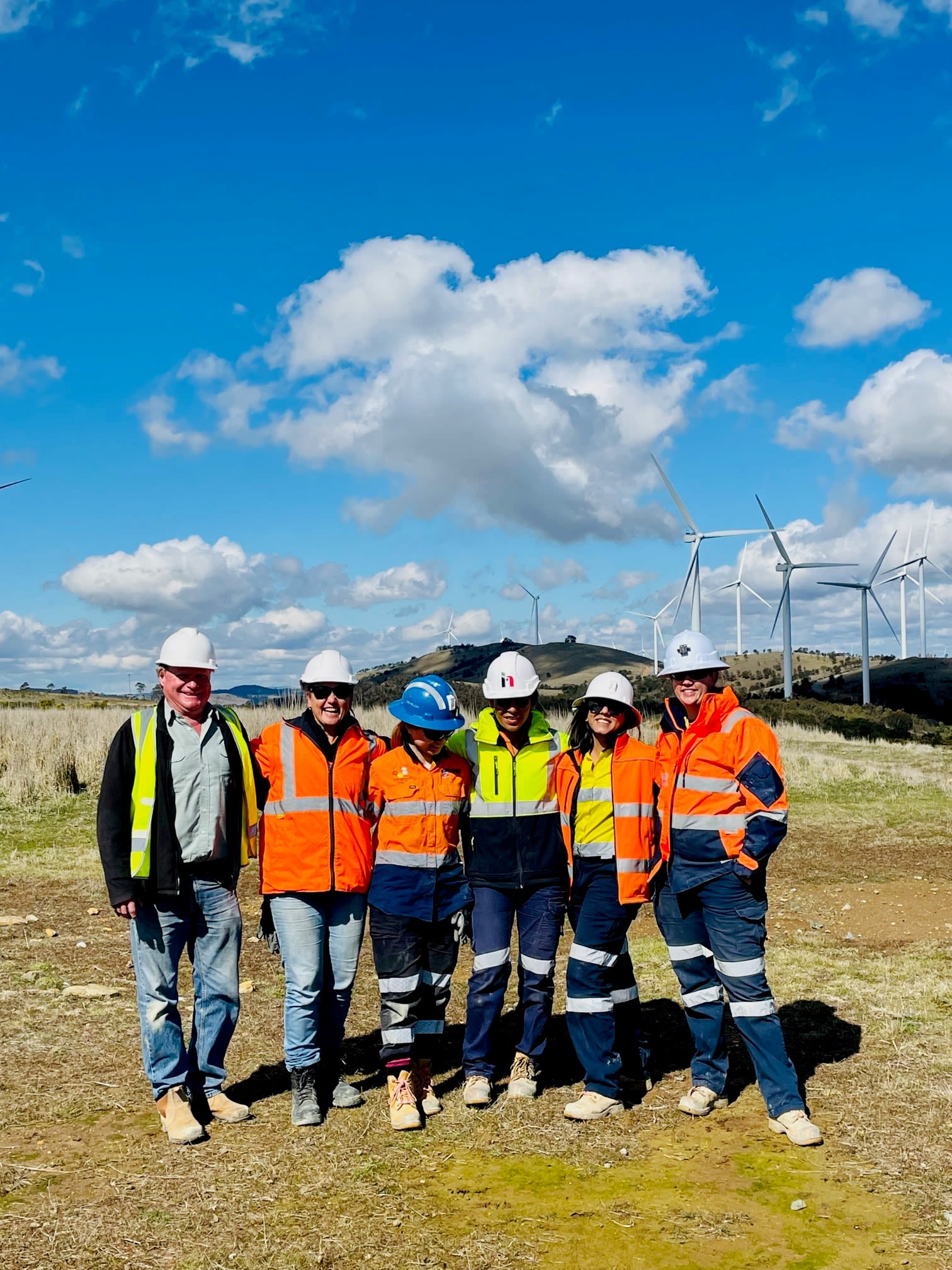
Lexi K’ng, Dr. Kam a Bhowany, Dr. Laura Jackson and Associate Professor Anita Parbhakar-Fox on site with NSW government collaborators Karen Montgomery and Kevin Capenhurst.
Lexi K’ng, Dr. Kam a Bhowany, Dr. Laura Jackson and Associate Professor Anita Parbhakar-Fox on site with NSW government collaborators Karen Montgomery and Kevin Capenhurst.
Industry enthusiastic to jump onboard, especially for reprocessing waste
One of MIWATCH Group’s first partnerships was an agreement with Japan Oil, Gas and Metals National Corporation (JOGMEC) and the Queensland Government. This paves the way for an international study to examine whether cobalt can be retrieved economically from old copper mine tailings. It is part of a larger study, funded under the Queensland Government’s New Economy Minerals Initiative, which aims to undertake first-pass characterization of mine wastes on at least six sites per year – with 33 sites already completed and 11 more to go.
“There’s no shortage of work with all the different waste streams,” Associate Professor Parbhakar-Fox said.
“There are so many ways in which you could try and recover metals, as we recently published. We do an integrated suite of geometallurgical characterization to figure out which one suits the mineralogy best.”
Based on the success of the New Economy Minerals Initiative project, the team has attracted more external state government partners and new projects, with new portfolios established in South Australia under a new partnership led by Geoscience Australia, with similar projects running with New South Wales, Western Australia, and the Northern Territory.
“We could recover so much value by looking at secondary ‘waste’ products – but this can only be understood if the waste has been thoroughly characterized,” Associate Professor Parbhakar-Fox said.
“The SMI MIWATCH group is the only team dedicated to researching this in Australia – and there are so many opportunities. With reports suggesting there are 50,000 abandoned mines across the country, there is a lot of work to do.”
Results already show industry that new solutions are possible
Associate Professor Parbhakar-Fox said it is encouraging to see industry looking closely at its waste.
“If they do, we can break the source–pathway–receptor chain by recovering additional value and environmental de-risking.”
One major outcome for the team will be feeding this data into the Atlas Australian Mine Waste launched by Geoscience Australia in collaboration with RMIT and MIWATCH, giving industry and the public an idea where critical, base and precious metals are located in mine wastes.
Associate Professor Parbhakar-Fox explained that this interactive, online tool will be very powerful for mining companies undertaking this type of exploration.
“Then companies can start to identify if there is potential for reprocessing, and start building business cases to do that. It’s a win–win in many ways.
“We can demonstrate to industry that they should not rely on existing data on mine wastes from old reports of tailings and grades, but that they must ‘go back, drill it and characterize it’, because minerals evolve over time in mine waste environments. This means any further mineral processing needs to be modified to achieve profitable recoveries.
“We’ve shown the necessity of treating these sites like an ore deposit, because these secondary mine wastes are complex orebodies in themselves,” she said.
“For new mining projects, applying robust sampling methods to fully understand the heterogeneity of waste and using integrated, analytical workflows is how ‘perfect planning will prevent pathetic performance’.
“Through this process we can deliver new information to industry to help them reduce their future environmental liabilities and transform mine waste into something usable.”
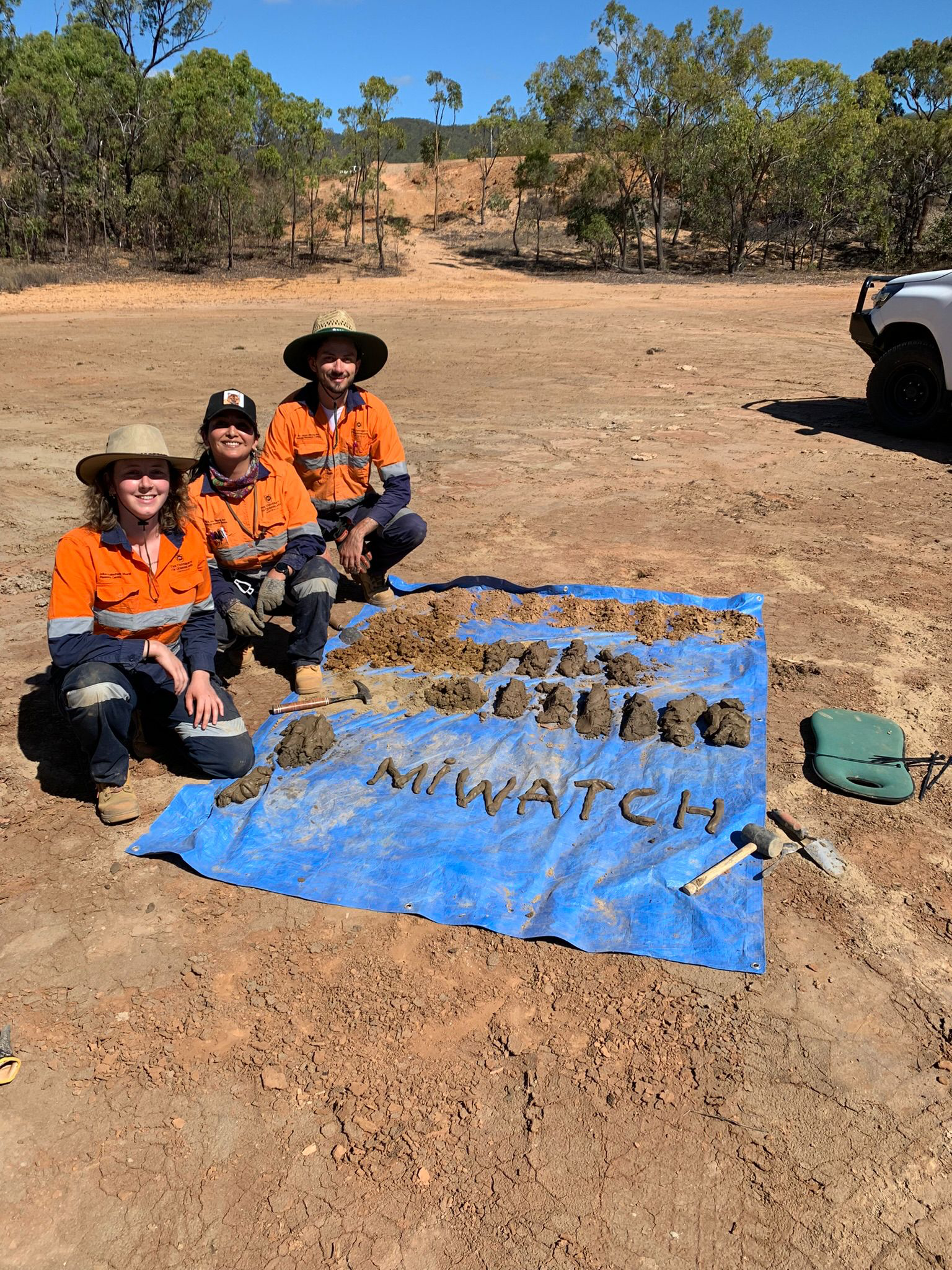
Rosie Blanin, Olivia Mejías González, and Dr. Allan Gomes
Rosie Blanin, Olivia Mejías González, and Dr. Allan Gomes
The seed of MIWATCH’s research has sprouted into additional projects such as:
- an agreement with Cobalt Blue to test cobalt recovery from a bulk sample collected from a Queensland mine site
- characterizing the potential for co-recovery from historic iron-ore tailings at the Savage River mine, thought to be a significant resource of cobalt
- contributions to a Queensland task force to use the information from characterization at the Wolfram Camp Mine site as a commercial opportunity
- undertaking new projects overseas for emerging mining companies looking to acquire mine waste assets to characterizing their tailings
- establishing new methods to measure environmental indices from existing mine waste datasets (e.g. hyperspectral) and establish improved mine-planning tools
- improving critical metal field characterization and understanding the geometallurgical properties of indium for its recovery from mine waste.
This content was paid for and created by The University of Queensland. The editorial staff at The Chronicle had no role in its preparation. Find out more about paid content.

